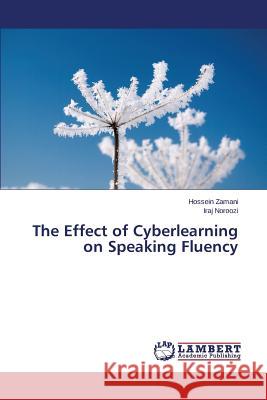The Effect of Cyberlearning on Speaking Fluency » książka
The Effect of Cyberlearning on Speaking Fluency
ISBN-13: 9783659781933 / Angielski / Miękka / 2015 / 156 str.
This study is specifically concerned with the effect of cyberlearning on speaking fluency of Iranian male EFL learners.To accomplish the objectives, Sixty five students who scored one standard deviation above the mean were selected for this study. The participants were divided in two groups: a control and an experimental group . A pre-test on speaking skill was given to both groups. It was taken from IELTS Speaking Exam (part 2). their speeches were being recorded. Their recordings were used for an analysis of the three speaking variables, namely, WPM (words per minute), HPM (hesitations per minute), and RPM (Repetitions per minute). After the experimental group received instruction on speaking tasks in a virtual learning environment(VLE), a second IELTS Speaking Exam was administered to both groups as a post-test to identify the effect of cyberlearning on experimental group's speaking fluency in comparison with that of the control group. Findings led to the conclusion that the experimental group outperformed the control group in speaking fluency.
This study is specifically concerned with the effect of cyberlearning on speaking fluency of Iranian male EFL learners.To accomplish the objectives, Sixty five students who scored one standard deviation above the mean were selected for this study. The participants were divided in two groups: a control and an experimental group . A pre-test on speaking skill was given to both groups. It was taken from IELTS Speaking Exam (part 2). their speeches were being recorded. Their recordings were used for an analysis of the three speaking variables, namely, WPM (words per minute), HPM (hesitations per minute), and RPM (Repetitions per minute). After the experimental group received instruction on speaking tasks in a virtual learning environment(VLE), a second IELTS Speaking Exam was administered to both groups as a post-test to identify the effect of cyberlearning on experimental groups speaking fluency in comparison with that of the control group. Findings led to the conclusion that the experimental group outperformed the control group in speaking fluency.











